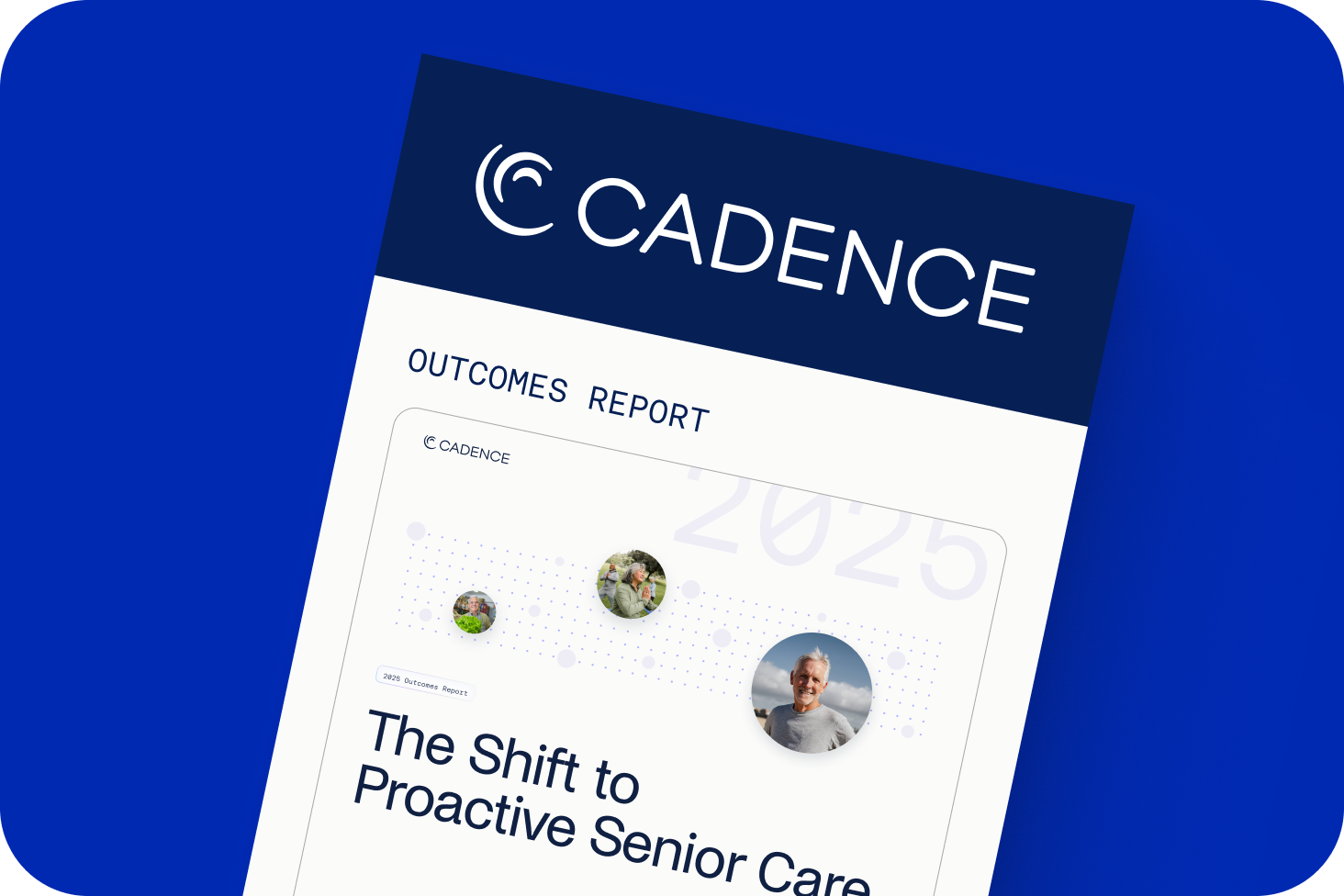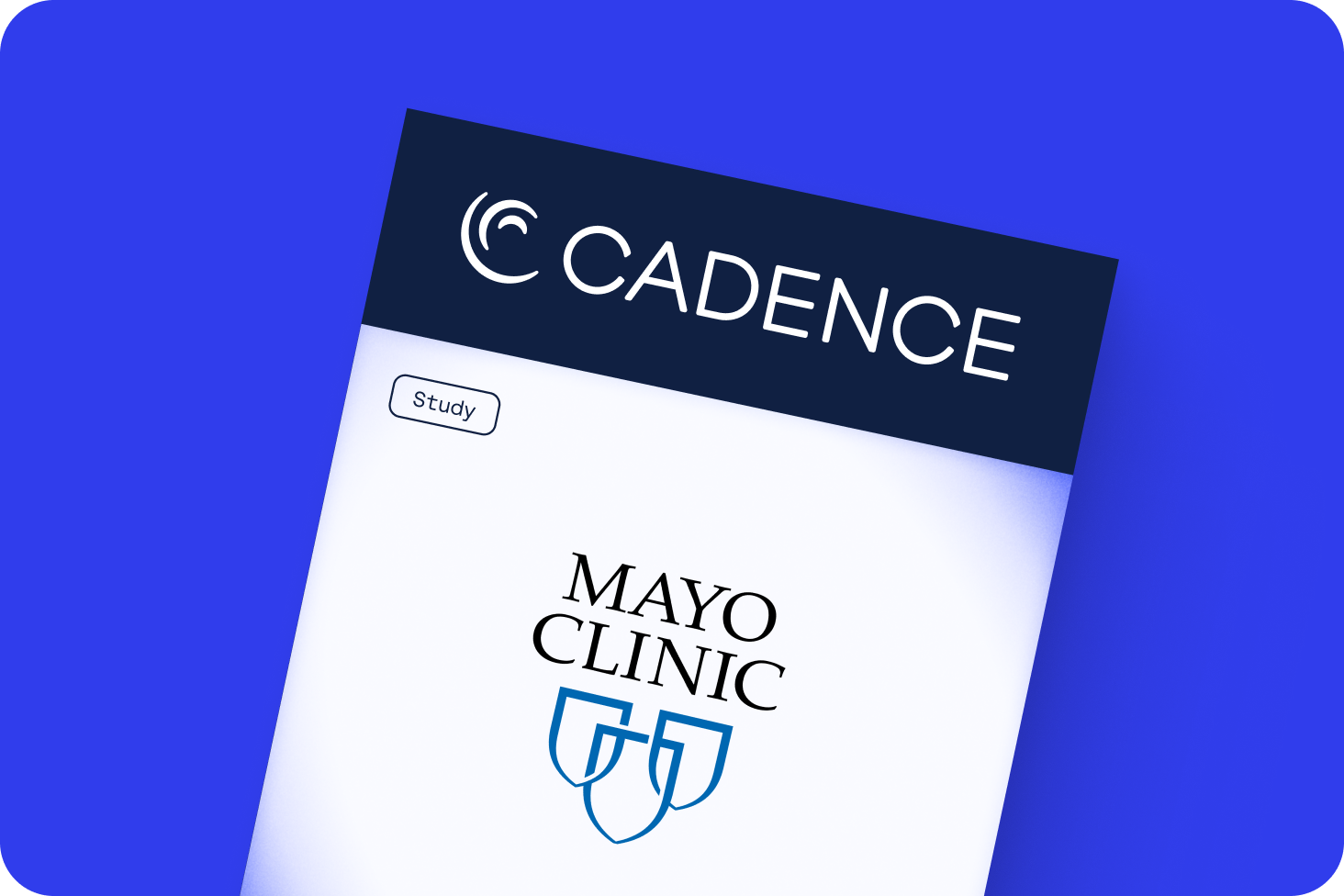Remote patient monitoring needs clinical intervention to ensure success

Chronic condition management is a pervasive nationwide crisis. According to the CDC, 60% of Americans have at least one chronic condition, and 40% have two or more. It’s also a crisis of affordability – chronic conditions make up 90% of the nation’s $4.1 trillion in annual spending.
Patients with chronic conditions like diabetes, hypertension, COPD, and congestive heart failure are often in and out of the hospital because small changes in their vitals can lead to cascading health problems that can easily turn into an unwanted and expensive hospital or ER visit.
Treating patients according to recommended guidelines delivers the best long-term outcomes, but it often requires dozens of interventions to help a patient achieve success and positively impact their health. Remote Patient Monitoring (RPM), when implemented correctly, can provide the extra layer of clinical intervention patients need, but historically, this innovation has only focused on collecting reams of patient data provided by one or many monitoring devices. As any competent clinician will tell you, having the data is only one part of the equation. A clinician must be able to intervene efficiently and effectively.
Unfortunately, RPM technology is often an underutilized tool that fails to deliver because clinicians are overworked, with severely limited bandwidth. Doctors practicing at hospitals or clinics are understandably focused on the patient in front of them, not to mention the myriad of other responsibilities, such as answering patient questions, filling prescriptions, and addressing labs and imaging. It’s no wonder why a flood of RPM-generated vitals information in a clinician’s inbox can be a hindrance rather than a help.
In May 2022, the Journal of the American Medical Association published a trial of more than 500 patients randomly selected to use RPM after heart failure discharge. In all, 3,700 alerts were generated, and of those alerting to a change in weight, a documented clinician response happened in only 34 percent. The tool was there, but the clinicians were unable to use it.
So how can we make remote patient monitoring more efficient and effective? The key to preventing hospital visits and improving health for this vulnerable population is adding capacity to the physician’s capabilities. Instead of relying on a patient’s primary physician to triage and analyze all the reported health information, the best remote patient monitoring partners extend physician capabilities without adding to their work burden by employing a dedicated clinical team that specializes in remote care for specific chronic conditions. Specialized remote clinicians, working directly as a representative of the ordering physician, can efficiently support large patient panels, focus on the large and small changes that get patients to guidelines, and extend a physician’s care longitudinally.
Remote patient monitoring, coupled with dedicated clinical intervention, leverages a team of clinicians to monitor, make recommendations, and provide real-time patient care intervention that helps alleviate some of the daily responsibilities of the primary physician, rather than adding to them.
With remote patient intervention, hospital or clinic-based physicians can be reassured their chronic patients will be effectively cared for between office visits. Remote patient intervention also provides them the opportunity to confidently expand the number of patients under their care. By helping patients with chronic health conditions better manage their health care, we can improve their outcomes and help reduce visits to the hospital and ER.
Randall Curnow Jr., MD, MBA, FACP, FACHE, FACPE currently serves as Medical Director of Cadence, a health technology company pioneering remote patient intervention for people managing chronic conditions. Cadence’s clinically led, technology-enabled platform personalizes patient care, predicts clinical risk, and intervenes as necessary, all outside the four walls of the hospital.






